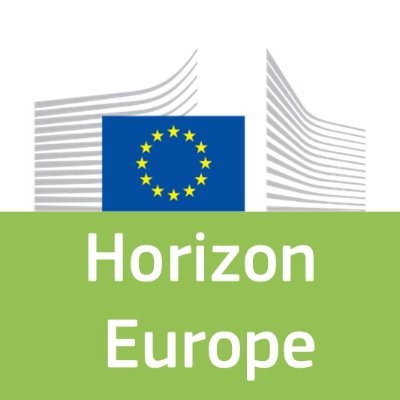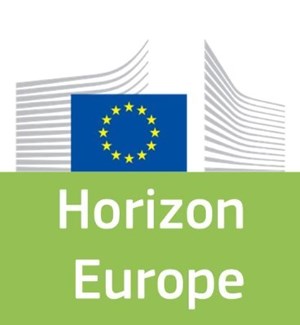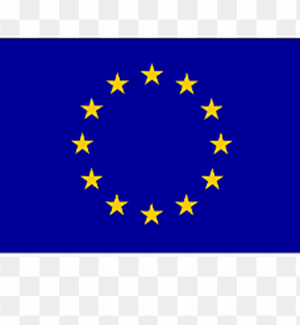- Hellenic Centre For Marine Research - Greece
Nanoplastics (nPLs), defined as organic polymeric particles ranging in size from 1–1000 nm, represent emerging contaminants that are of significant relevance to environmental and food science, especially since initial toxicological studies have shown them to cross the gut barrier with unpredictable long-term effects. Such early-stage research signifies the need to study nPL behavior in greater detail, both in terms of their physicochemical behavior in the environment, as well as their toxicity. The latter may also be affected by their potential to (ad)sorb and transport other chemicals, especially toxic metals and organic pollutants, into living systems. Compared to microplastics (μPLs) ranging in size from 1-5 mm, nPLs possess significantly larger surface-to-volume ratios, thus making this effect more pronounced. As a result, such a Trojan horse-like transport of toxic chemicals into cells urgently needs further study and improved understanding. Therefore the main research and innovation objective of this project is the development, validation and application of novel analytical methods that aim to overcome current shortcomings in the detection and quantitation of nPLs, in environmental, food and biological systems. The analytical methods proposed in this project (hydrodynamic chromatography on-line with inductively coupled plasma mass spectrometry along with appropriate sample preparation procedures) aim to provide capabilities that can be used to determine nPL particle size and the polymer or carbon amount per size fraction. These two parameters can be used to indirectly estimate nPL particle number concentrations, providing the plastic’s density is known. The proposed methods will also be used to monitor the presence of metals or metalloids either as additives or adsorbed onto nPL surfaces.
Want to analyze based on this project via our analysis tool? Analyze this project
Knowledge Gaps
Monitoring and detection equipment
Monitoring exposure methods
Characteristics of plastic-general
Environmental fate and behavior of plastic
Cellular uptake of plastic
Environmental effects and ecotoxicity




